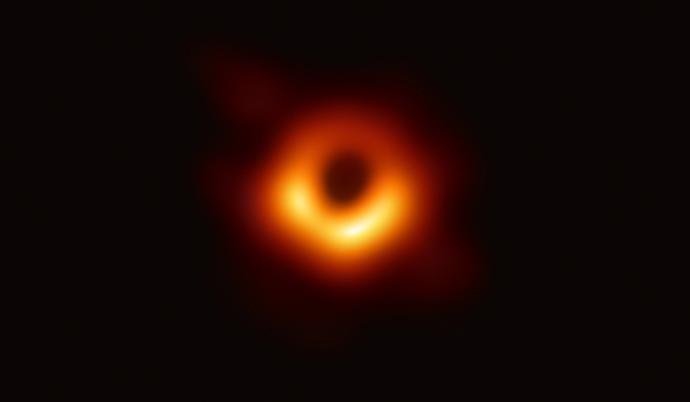Black holes are very strange objects. They are made during supernova explosions. These take place when very massive stars come to the end of their lives.
After the supernova, anything left of the star is squashed and compacted into an incredibly small, dense object. This is the black hole. Once a black hole has formed, it grows by pulling in gas, dust, stars, and even other black holes around it. Black holes formed in this way are called stellar-mass black holes.
Over time, super-massive black holes can develop. These are millions of times more massive than stellar-mass black holes, and we still do not know for sure how they form. Most large galaxies have a super-massive black hole in their centres.

In 2015, scientists first detected gravitational waves. These ripples in space-time were caused by two black holes colliding and shaking the Universe.
Close to a black hole, its gravity is so strong that nothing can get away, not even light. This is why we cannot see into a black hole - because they do not reflect or emit light. We also can't study them using radio waves or microwaves because these are also types of light. The distance at which light cannot escape from a black hole is known as its event horizon. In 2019, astronomers got the first image of the event horizon of a black hole in the centre of Messier 87.
However, it is possible to see the effects of a black hole. The gravity of a black hole is strong enough to pulls on the stars and material far around it. Gas, dust and other stars close to a black hole can be sucked in by gravity - a bit like water going down a plughole. As material swirls around the black hole it crashes into each other, producing heat and light. This light is far enough away from the black hole to escape so that we can see the activity.
We can also find black holes using something called gravitational lensing. Black holes are so massive their gravity distorts and bends the light from distant galaxies. Gravitational lensing can smear light from galaxies into ring shapes, or even produce more than one image of the same object!
